Can Solar Lights Really Replace Traditional Outdoor Lighting?
I’ve been tweaking my backyard setup for years, chasing that perfect mix of light and low hassle. Lately, with energy bills creeping up and everyone talking green living, I’ve caught the bug for solar-powered options. It’s not just hype—global pushes for sustainability are making folks rethink those old wired fixtures. More homes are ditching grid-tied bulbs for sun-charged ones, cutting cords and costs. But does the switch make sense for everyone? I decided to dig in, testing a few setups side by side to see if solar lights hold up against the trusty traditional ones I’ve relied on. Spoiler: It’s promising, but not a slam dunk.
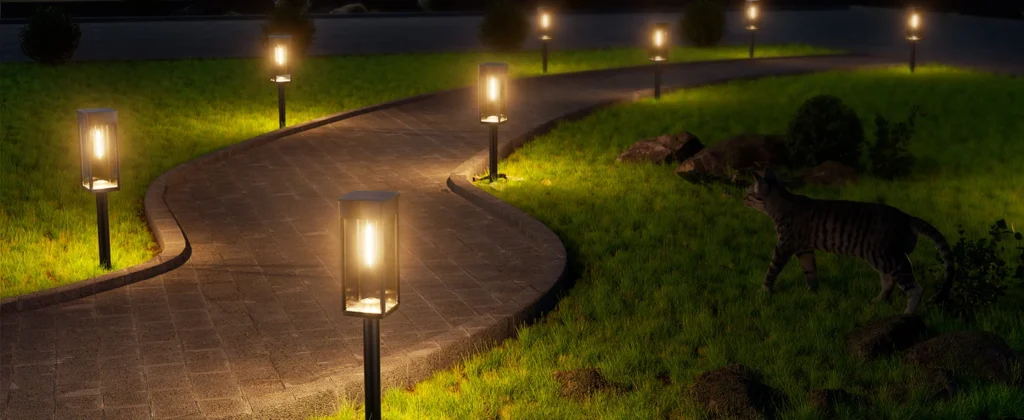
Q1: Is the Brightness Up to Snuff?
Nobody wants a dimly lit path that turns a casual stroll into a stumble-fest. Brightness boils down to lumens—that raw measure of light output—and how far it spreads. Traditional outdoor lights, wired to your home’s juice, often crank out 700-1500 lumens, flooding areas with steady glow no matter the hour. Solar counterparts? They hover around 50-400 lumens for basics, though premium picks push toward 1000+ for security spots. That’s enough for accents but might leave bigger yards wanting. Coverage plays in too: Traditional floods cast wide, even beams over 20-30 feet, while solar’s focused LEDs trim that to 10-15 feet unless you layer them smartly.
To get real, I grabbed a mix—path lights for walkways, wall-mounted for patios, and spotlights for highlighting the grill area—and ran head-to-head tests over a sunny week. Here’s the breakdown:
- Path Lights Test: Solar versions (like a set of 100-200 lumen stakes) lit my 50-foot driveway edges softly, guiding steps without glare—think cozy garden vibe. Traditional halogen paths hit 800 lumens, brighter for safety but harsher on the eyes after dark. Solar edged out for subtlety, covering about 8 feet per unit versus traditional’s 12, but stacking two solars matched it fine.
- Wall Lights Test: Mounted a 300-lumen solar wall sconce by the back door; it threw a warm pool over the porch steps, reaching 10 feet out. The old wired incandescent (1200 lumens) blasted everything in sight, great for reading labels but overkill for evenings. Solar felt more inviting, though it dimmed slightly post-sunset compared to the unflinching traditional.
- Spotlights Test: For the tree spotlight, a 500-lumen solar model beamed up nicely, illuminating branches 15 feet away with crisp whites. Traditional LED spots (1500 lumens) pierced further, about 25 feet, but guzzled more power long-term. Solar held steady for hours, no flicker, but needed direct sun to recharge fully.
In the end, solar brightness works for most home scenes if you pick right—aim for 200+ lumens per fixture for paths, 400+ for walls. It’s not stadium-level, but for everyday outdoor living, it rivals traditional without the wiring headaches.
Q2: How Do They Hold Up in Steady Rain and Long Hauls?
Weather’s the wildcard. Traditional lights? Plug ’em in, and they’re golden—rain, sleet, or snow, as long as the grid hums. Solar? They bank on daytime sun, so cloudy stretches test their grit. I simulated a Pacific Northwest gloom with three straight days of drizzle (no full sun, just gray skies), tracking runtime from dusk to dawn. Most solars dipped to 4-6 hours on partial charges, versus traditional’s all-night reliability. But not all falter equally; efficiency hinges on battery smarts and panel tech.
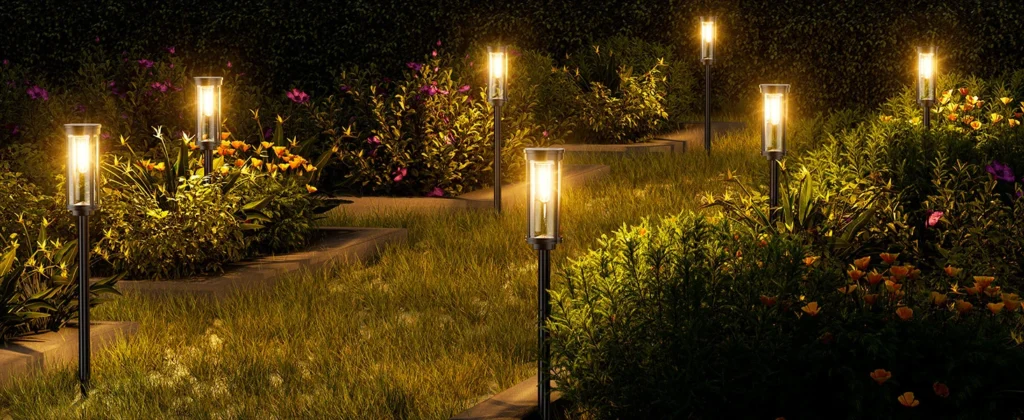
Enter Bitpott’s lineup—their efficient battery optimization caught my eye for rainy resilience. These use high-capacity 4000mAh lithium-ion packs paired with monocrystalline panels hitting 22-30% conversion rates, sucking up diffused light better than polycrystalline rivals. In my test, a Bitpott path light glowed through all three rainy nights, clocking 8-10 hours per charge even on cloudy top-ups. Compare that to a budget solar that conked out by midnight on day two. Traditional wired lights laughed off the wet, but solars like Bitpott‘s held their own, thanks to oversized batteries that store extra for lean days.
Here’s what I noted in the sequence:
- Day 1 (Light Rain): Bitpott charged to 70% by afternoon haze, ran full 10 hours. Basic solar? 50% charge, faded after 5 hours. Traditional: Infinite, but I noted the outlet’s puddle risk.
- Day 2 (Overcast Drip): Bitpott at 40% incoming, still pushed 7 hours with dim mode. Others sputtered early. Wired stayed bright, no sweat.
- Day 3 (Steady Pour): Bitpott’s battery optimization shone—leftover juice from prior days kept it at 6 hours. Rain actually helped by rinsing panels clean, boosting next-day efficiency. Traditional won endurance, but solar proved tougher than expected.
Bottom line: For stability, solar shines in mild weather but needs beefy batteries like Bitpott’s for true all-season cred. In sunny spots, they’re unbeatable; elsewhere, hybrid setups might bridge gaps.
Q3: Do They Save on the Long-Term Grind?
Upfront, solar bites harder—$20-100 per unit versus $15-80 for traditional. But maintenance? That’s where solar pulls ahead, slashing costs over time. Traditional setups nag with bulb swaps every 12-18 months (incandescents burn out fast, LEDs fare better at 2-3 years), plus wiring checks to dodge shorts—tally $75-150 yearly if you hire out. Solar? Mostly wipe-downs for panels and the occasional battery refresh.
LEDs in both types last 10+ years, but solar’s sealed design skips bulb fiddling altogether. Batteries are the main chore: Expect 3-5 years before a $5-10 swap, far rarer than traditional’s frequent fixes. No electricity draw means zero utility creep either—over five years, I saved $200+ on bills alone.
Quick cost rundown in a list:
- Bulb Lifespan: Traditional incandescents: 1 year ($5-10 each, 4x/year). Solar LEDs: 10+ years (zero swaps).
- Battery Cycles: Solar: 500-2000 charges (3-5 years, $8 replacement). Traditional: N/A, but wiring repairs add $50/pop.
- Labor Hits: Traditional: Pro installs/inspections ($100+ yearly). Solar: DIY stake-in, occasional clean (free, 10 mins/quarter).
- Total 5-Year Outlay: Solar: $150 initial + $20 batteries = $170. Traditional: $100 initial + $400 bulbs/repairs + $500 electric = $1100.
Solar’s edge grows in remote spots—no trenching for wires saves hundreds upfront. Just watch for quality; cheap solars might need earlier overhauls, eroding savings.
Wrapping It: Scene-Specific Solar Wins
After weeks of side-by-side glows and gloom tests, solar lights aren’t a total takeover for traditional outdoor illumination—not yet, anyway. They nail it for low-key paths, patios, and accents where 200-500 lumens and 8-hour runs fit the bill, especially with tech like Bitpott’s battery boosts handling rain like a champ. Maintenance math seals the deal for budget watchers, trading minor tweaks for major savings.
But in high-stakes zones—think vast driveways craving 1500-lumen floods or storm-prone grids demanding unflappable uptime—traditional wired holds court, backed by endless power. The real play? Match to your yard: Solar for eco-easy suburbs, hybrids for demanding estates. As panels hit 30% efficiency and batteries stretch further, full swaps feel closer. For now, it’s about smart picks—test a few, like I did, and let your space decide. My backyard? A solar-traditional mashup, brighter and greener than ever.

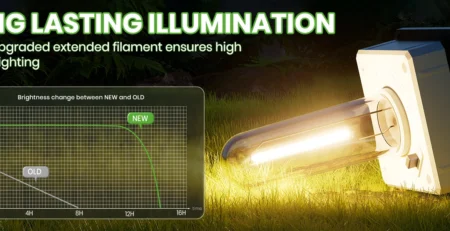
-1-450x231.webp)
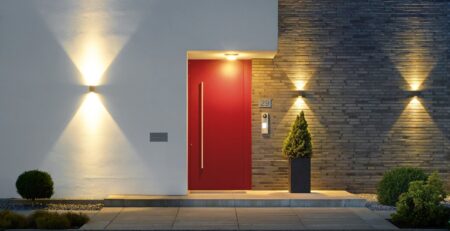
-4-3-450x231.webp)
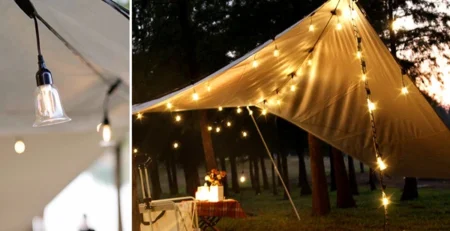
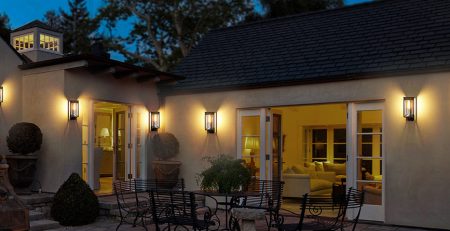
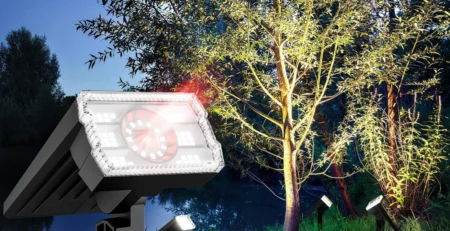
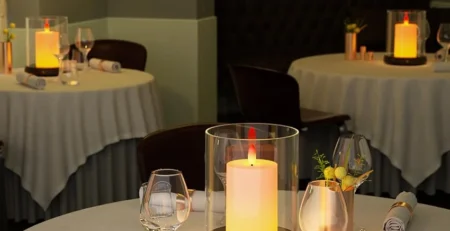
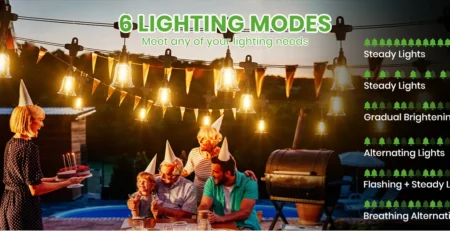
-450x231.png)
Leave a Reply